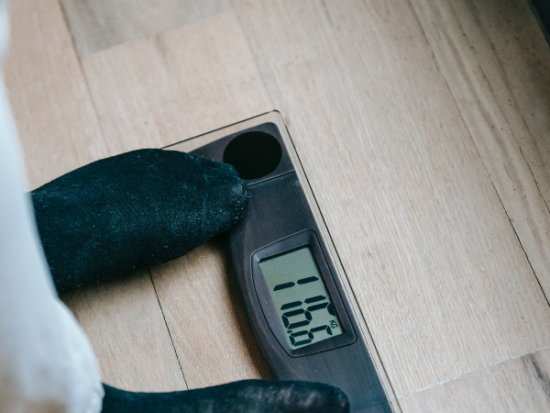

There are two types of adipose tissue: white and brown. This, in turn, drives up hunger and food intake, making weight maintenance harder over time. People with more body fat may experience something called leptin resistance, in which the body is less sensitive to the satiety hormone leptin. It also releases hormones that control many functions in the body, such as insulin sensitivity and appetite. Fat cells contain lipids, including cholesterol and triglycerides.Īdipose tissue stores energy for the body to use and protects the organs. These are fat cells, and they occur alongside other types of cells and proteins.

Share on Pinterest Having too much or too little body fat can cause health problems.īody fat, or adipose tissue, consists of adipocytes. Only time will tell how long that weight loss takes, so patience and consistency is key. The National Institutes of Health (NIH) have developed a new, more accurate rule-of-thumb: Every 10 calorie decrease per day leads to an eventual 1 lb loss. The rule does not take into account dynamic changes in metabolism, hunger, and satiety levels as weight loss occurs. Recent research calls this rule into question, concluding that it overestimates someone’s weight loss potential. Organs including the brain, heart, lungs, liver, and kidneys account for roughly 80% of total daily energy use. This is because the body stores calories it does not use as body fat. If the body takes in too many calories or burns too few, weight gain occurs. They can achieve this by consuming roughly 500 calories fewer than they are currently, by burning an extra 500 calories per day with exercise, or a combination of the two. Put simply, to lose 1 lb of body fat per week, people will need to have a deficit of around 500 calories per day. Max Wishnofsky first propagated the concept that there are approximately 3,500 calories in a pound (lb) of body fat. However, recent studies question this value. Some research claims that there are approximately 3,500 calories in one pound of body fat.


 0 kommentar(er)
0 kommentar(er)
